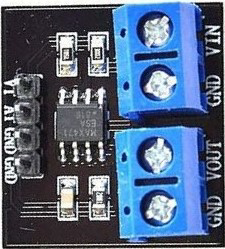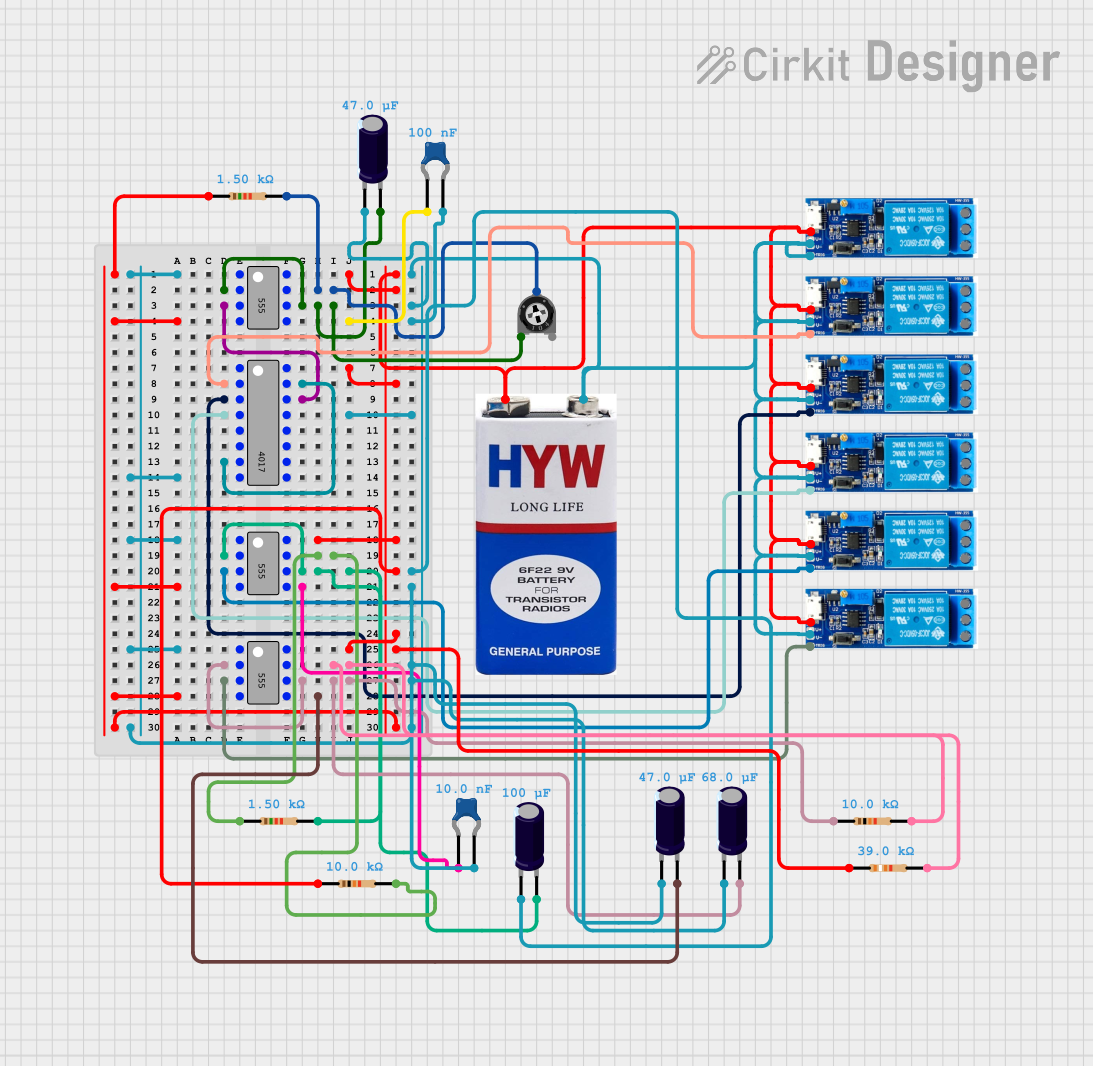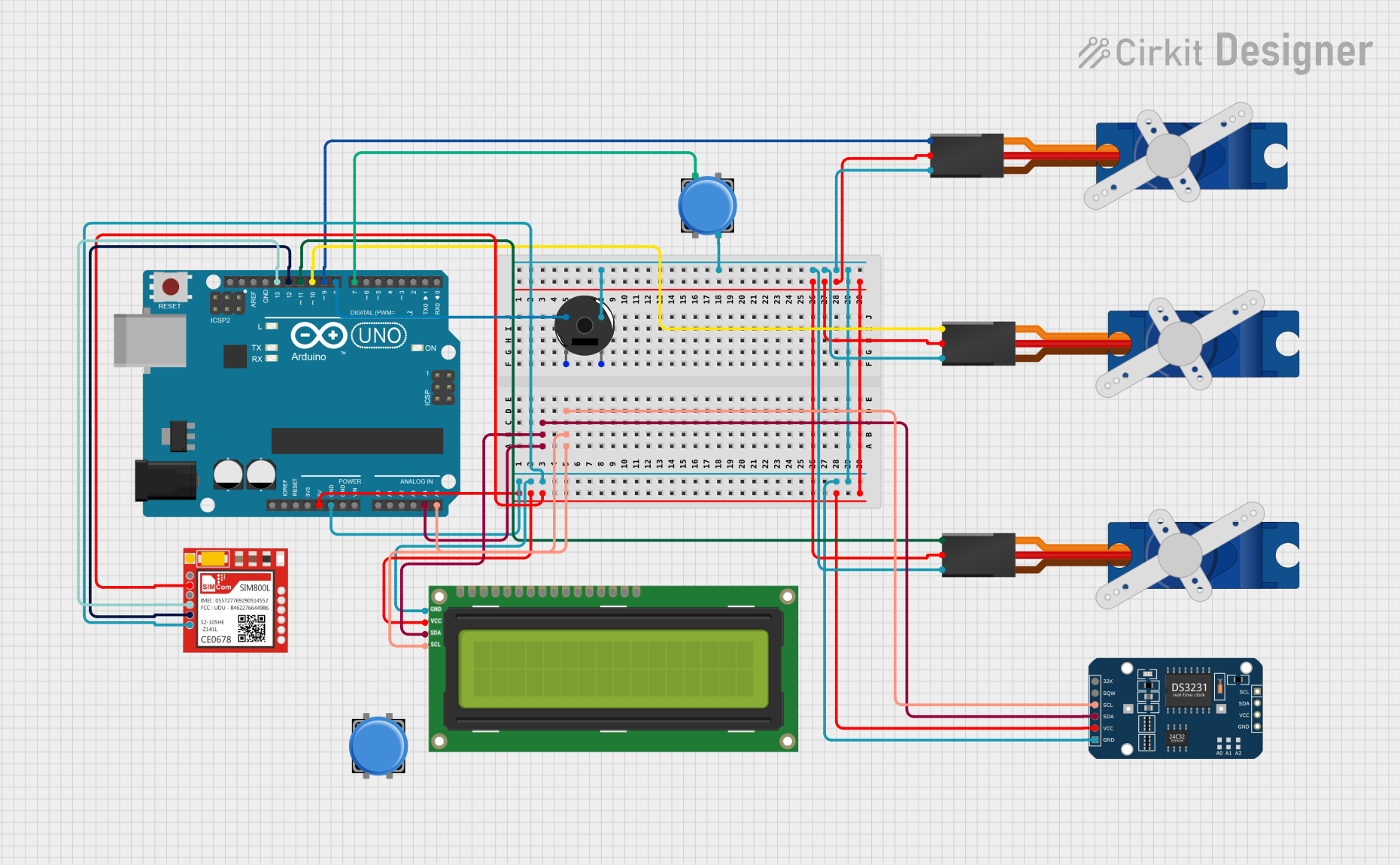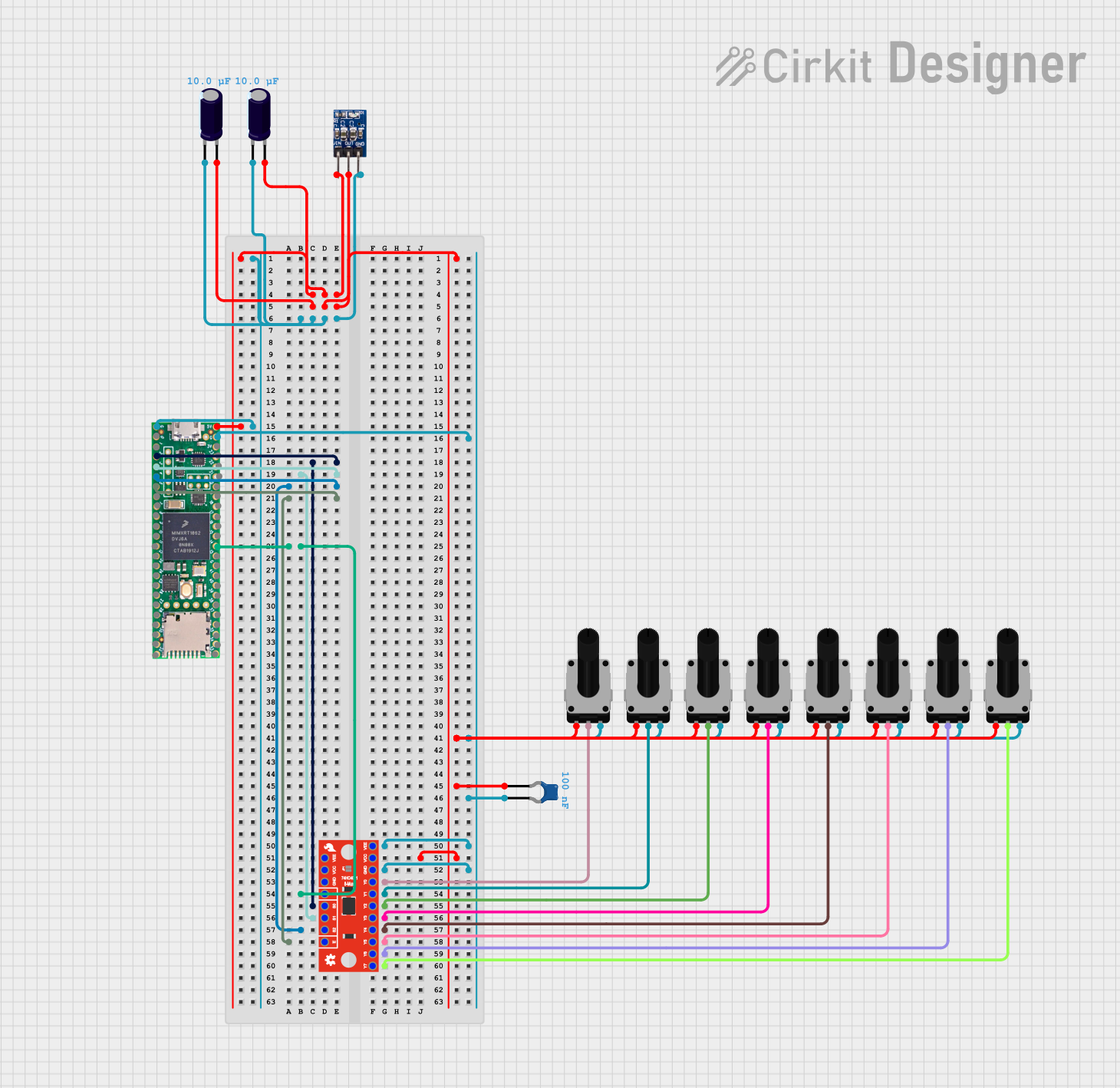
How to Use MAX471: Examples, Pinouts, and Specs

 Design with MAX471 in Cirkit Designer
Design with MAX471 in Cirkit DesignerIntroduction
The MAX471 is a high-side current sensor that provides a precise analog voltage output proportional to the current passing through the load. This sensor is designed to monitor the current in a variety of applications, including battery chargers, power supplies, and portable devices. Its high-side measurement allows for simple circuit integration without disrupting the ground path of the measured load.
Explore Projects Built with MAX471

 Open Project in Cirkit Designer
Open Project in Cirkit Designer
 Open Project in Cirkit Designer
Open Project in Cirkit Designer
 Open Project in Cirkit Designer
Open Project in Cirkit Designer
 Open Project in Cirkit Designer
Open Project in Cirkit DesignerExplore Projects Built with MAX471

 Open Project in Cirkit Designer
Open Project in Cirkit Designer
 Open Project in Cirkit Designer
Open Project in Cirkit Designer
 Open Project in Cirkit Designer
Open Project in Cirkit Designer
 Open Project in Cirkit Designer
Open Project in Cirkit DesignerCommon Applications and Use Cases
- Battery-powered device current monitoring
- Power management systems
- Overcurrent protection circuits
- Portable device power consumption analysis
- Solar power monitoring systems
Technical Specifications
Key Technical Details
- Supply Voltage (Vcc): 4.5V to 36V
- Sensing Voltage Range: 0V to +36V
- Output Voltage: Proportional to current (1V/A)
- Maximum Current Sensing: 3A (MAX471CSA), 10A (MAX471ESA)
- Quiescent Current: 100 µA
- Accuracy: ±1.5% full-scale
- Operating Temperature Range: -40°C to +85°C
Pin Configuration and Descriptions
| Pin Number | Name | Description |
|---|---|---|
| 1 | OUT | Analog voltage output proportional to the sensed current |
| 2 | RS+ | Connect to the positive side of the current-sensing resistor |
| 3 | RS- | Connect to the load side of the current-sensing resistor |
| 4 | GND | Ground reference for the sensor |
| 5 | Vcc | Supply voltage input for the sensor |
Usage Instructions
How to Use the MAX471 in a Circuit
- Connect the Vcc pin to a power supply within the range of 4.5V to 36V.
- Connect the GND pin to the system ground.
- Insert the MAX471 in series with the load, ensuring that the current flows from RS+ to RS-.
- The OUT pin will output an analog voltage proportional to the current through the load. Connect this to an analog input on a microcontroller for measurement.
Important Considerations and Best Practices
- Ensure that the current does not exceed the maximum rating of the sensor.
- Avoid placing the sensor near high-temperature sources to prevent thermal drift.
- Use a decoupling capacitor close to the Vcc pin to minimize power supply noise.
- Keep the analog signal path from OUT to the microcontroller as short as possible to reduce noise pickup.
Example Code for Arduino UNO
const int analogInPin = A0; // Analog input pin for MAX471 OUT
float sensorValue = 0; // Value read from the sensor
float current = 0; // Calculated current
void setup() {
Serial.begin(9600); // Initialize serial communication at 9600 bits per second
}
void loop() {
// Read the sensor value
sensorValue = analogRead(analogInPin);
// Convert the analog reading to current in amperes
current = sensorValue * (5.0 / 1023.0); // Assuming a 5V ADC reference voltage
// Print the current to the Serial Monitor
Serial.print("Current sensed: ");
Serial.print(current);
Serial.println(" A");
delay(1000); // Wait for a second for next reading
}
Troubleshooting and FAQs
Common Issues Users Might Face
- Inaccurate Readings: Ensure that the power supply is stable and within the specified range. Check for proper grounding and stable connections.
- No Output Voltage: Verify that the sensor is correctly powered and that the current is flowing through the sensor from RS+ to RS-.
- Overheating: Continuous operation at high currents close to the sensor's maximum rating can lead to overheating. Ensure adequate ventilation and consider heat sinking if necessary.
Solutions and Tips for Troubleshooting
- Calibration: If the output seems off, calibrate the sensor by comparing its output with a known current source.
- Noise Reduction: Use shielded cables for the OUT pin connection and keep the analog path away from digital signals or power lines.
- Sensor Placement: Place the sensor as close to the power source as possible to reduce the potential for voltage drops affecting the measurement.
FAQs
Q: Can the MAX471 be used for AC current measurement? A: No, the MAX471 is designed for DC current measurement only.
Q: What is the voltage drop across the sensor? A: The MAX471 has a very low voltage drop, typically around 100 µV at full-scale current.
Q: How can I increase the maximum current sensing capability? A: For currents higher than the sensor's rating, an external current shunt resistor with a lower resistance value can be used in conjunction with the MAX471 to increase the range. However, this requires recalibration and careful consideration of the power dissipation across the shunt.